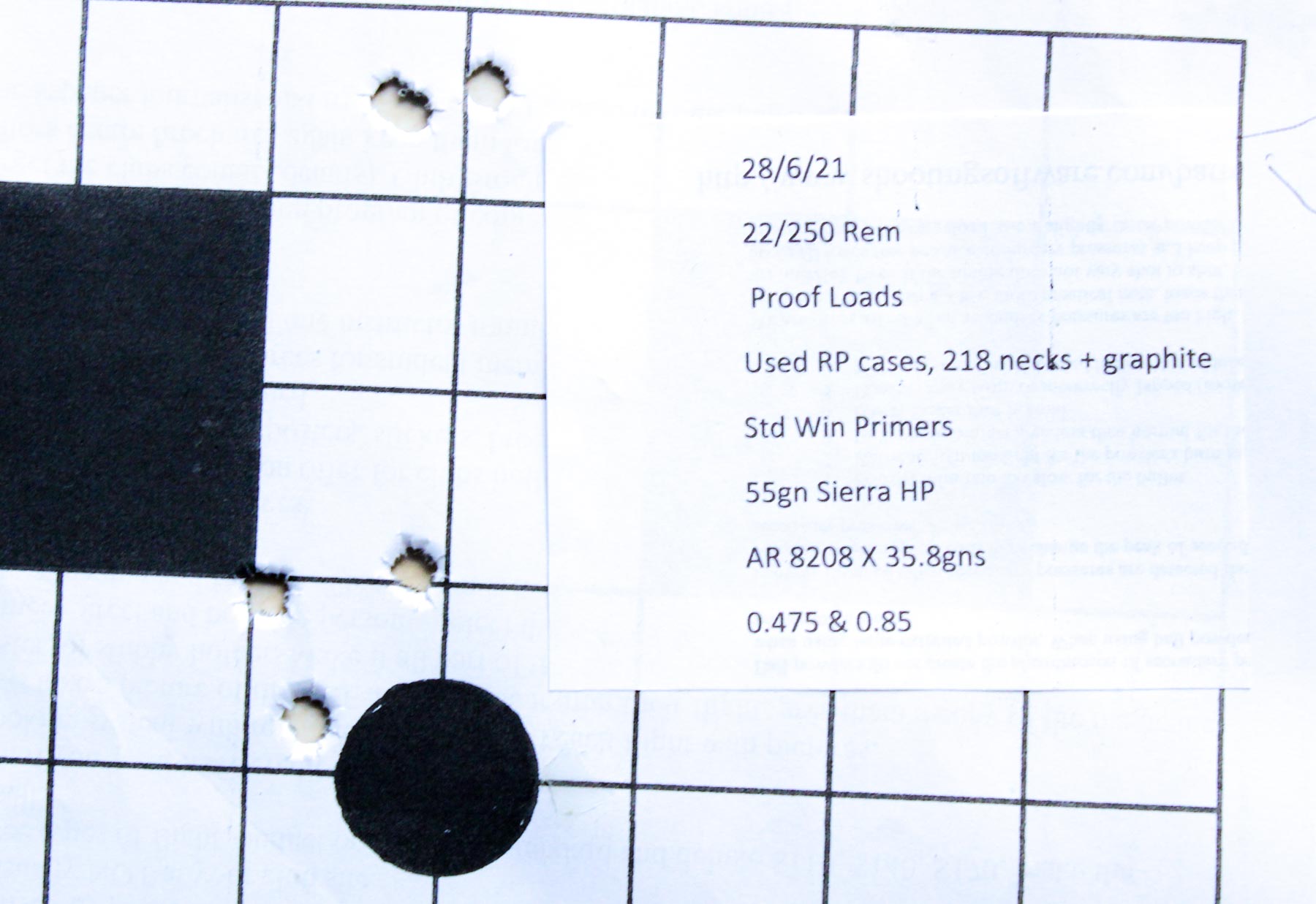You need to keep a written record of the loads you develop, for several reasons. It prevents repetition and allows quick and easy comparison between loads.
Yes, there are many different ways to accumulate information. I’ve used the following method for many years and it seems to work okay, though I appreciate that everyone has different ideas.

Younger shooters will probably be more inclined to use the computer more often.
My initial load data is extracted from a reputable manual and, along with details of the brass, primer type and projectile, is written on an envelope that will eventually be used to contain the loaded rounds.
You could also develop a standard form that contains all the data you wish to use. Simply glue it to the envelope, with plenty of room to experiment!
The data on the envelope is further contained in a permanent record book.
With any new load, I normally start at least two grains under the maximum, increasing one grain at a time (or for smaller cases, half a grain); I’ll load three rounds of each powder charge and put each group of three into its own envelop.
By the time I’m ready to go to the range, I will have a number of marked envelopes containing cartridges of different loadings.

At the range, the target number is written on the face of the envelope to match the load to the target. Respective velocities and group sizes are also recorded on the face of each envelope.
After shooting, all data from the envelopes are transferred to the permanent record book.
Over time, you can look back to see trends, patterns and other useful things.
For example, my reloading records show that while a slightly slower power may reduce velocity marginally, accuracy will often improve. Remember, every barrel is an individual.
This can help you improve results, for example, when the group size is very close to your requirements, what then to do?
You could change several small items that may tighten the group up. Firstly, providing there are no pressure signs, add another half grain of powder and reshoot.

Secondly, change the primer to either a magnum or benchrest type.
Lastly, if the projectile has a boat tail, experiment with different seating depths, as such projectiles can be very fussy about seating depth.
Once you have found a load that initially meets your requirements, prove it with another two three- or five-shot groups, depending on your preference. They should be very close to the original.
Once you are comfortable with the results, computerise the load in a caliber-specific file noting the brass, primer, projectile, and velocities. This should include the proof shots.
Now you have a permanent record that will allow you to compare with other powders and similar projectiles.

0 Comments